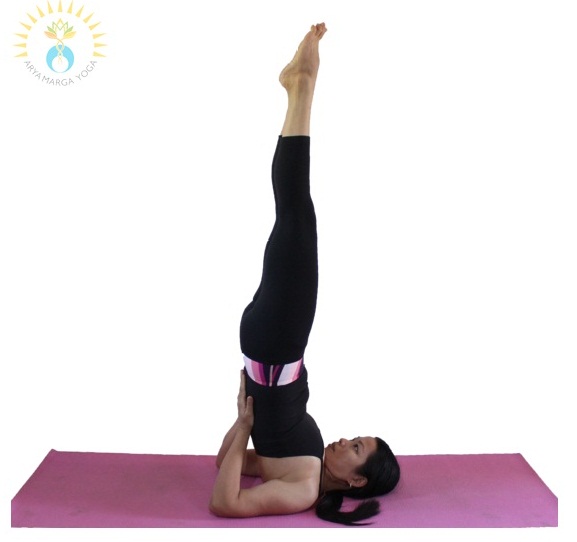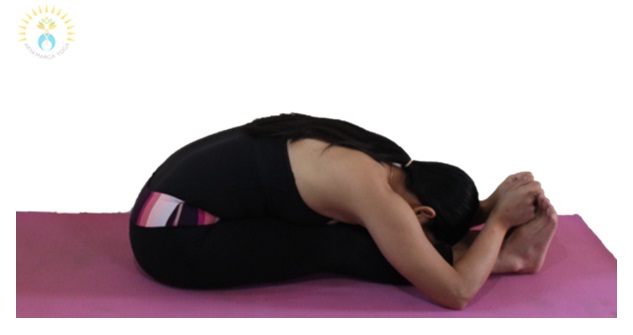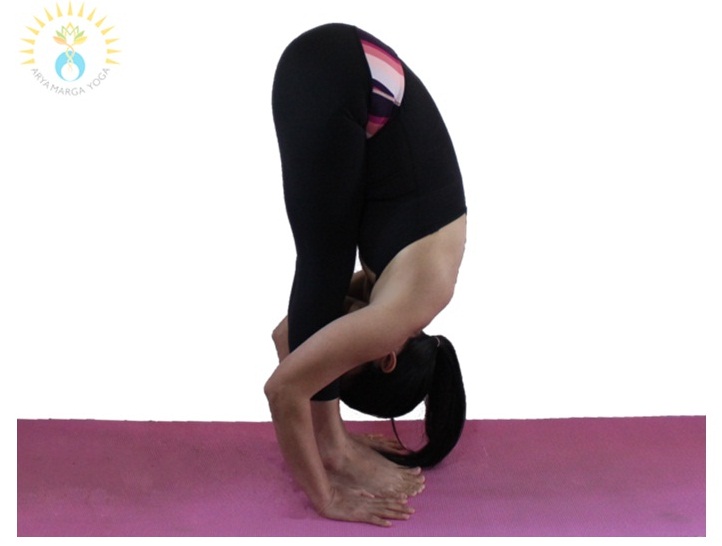
Yoga believes that all diseases are created and cured in the mind. Yoga asanas form the bridge between the body and the mind and the correct application of asanas can help initiate the recovery process in order to bring a state of homeostasis, a certain sense of equilibrium.
Insomnia is a sleep disorder that is characterised by repeated difficulty in falling and/or staying asleep. Chronic insomnia is when a person has disrupted sleep for at least three nights a week for a month or longer. It has been linked to medical conditions such as sinus allergies, hyperthyroidism, asthma and chronic pain. Psychiatric conditions such as depression, anxiety and stress may also lead to insomnia.
Sedative-hypnotics, such as zolpidem and triazolam, are the commonly prescribed drugs for insomnia; they provide symptomatic relief when used alone.
Insomnia is caused by an imbalance of the Wind and Space elements. As per Samkhya Yoga, there are two types of insomnia— the positive kind that happens as the body naturally starts demanding less sleep and the negative kind as the body is unable to get enough sleep.
Insomnia can be completely cured without medication by making appropriate lifestyle changes and doing the right type of exercise.
Hydration of the body is essential for good sleep cycles. Those with their circadian clocks more attuned to the evening should try to find work that allows them to stay up late and wake up late whereas the majority with the normal circadian rhythm must sleep early and wake up early. Caffeine intake should be minimised. Before sleeping, meditating to light music or reading an uplifting book is recommended. One can soundproof the bedroom to prevent entry of external noise. Insomniacs must try to get at least 2 hours of natural sunlight every day. The asanas of Earth and Water elements must be regularly performed. They must also commit themselves to at least 90 minutes of strenuous exercise every day.
The Yogic techniques always start with the physical, in order to bring a state of homeostasis or balance, which leads to reduction of symptoms. The following are a small selection of simple asanas that will begin the process of recovery.

a. Lie flat on your back with the palms facing down.
b. Raise your legs and hips up, keeping the chin close to your chest.
c. Support your lower back with your palms, lift your back off the mat while keeping your knees and back straight.
d. Gaze at the point between the toes, breathing deeply through the chest. You may even close your eyes.
e. Remain in this position for 3-4 minutes then relax your palms and come down gently.

a. Sitting on your hips, stretch your knees and place your palms next to your hips.
b. Extend your arms and grab both the toes with your fingers and thumb.
c. Bend down from the pelvic region of the back, maintaining a concave back.
d. Relax your shoulders and try to get your forehead between the knees, if you can’t get the forehead completely down, gaze at the toes.
e. Gradually rest your elbows on the mat and stay in this pose for 2-3 minutes.
f. Inhale, raise the head from the knees and relax.

a. Stand straight, keeping the knees tight in Tadasana (mountain pose).
b. Exhale, bend forward without bending knees. Place the palms on the floor next to the feet.
c. Stretching the spine, try to get your head as close to the knees as possible. You may place your palms behind ankle.
d. Hold here for a few breaths.
e. Inhaling, come up and straighten your spine, standing straight in Tadasana.
AryaMarga Yoga is a yogic research institute based out of Himachal Pradesh. Their work primarily focuses on the integration of certain parametric systems of contemporary psychology with the ancient yogic systems of mental process-control.